 |
| RIP to all the millennials who had mustaches tattooed on their fingers |
I tried racking my brain for my first memory of the 'staches. As a middle schooler during their peak, I remember seeing them everywhere, from graphic t-shirts in forever21 to mugs in target, and I remember being pretty into the trend. In my view, mustaches were quirky and kind of funny, like in an "omg that's so random X-D" kind of way. Like many other 2010s trends (hello owls), wearing my mustache necklace and t-shirt made me feel more unique than my peers, and like a hipster.
 |
| a selfie I took with a chocolate mustache I got on Easter 2012 (face cropped so I can still come off as a cool sem-anonymous blogger) |
a mustache card I received on my 14th birthday, circa October 2012
As it turns out, the mustache, truly, is inseparable from hipster culture. One of the first articles I came across in my stache-search was this reddit thread from 2013. Multiple comments blamed "fucking hipsters" for the trend as well as indie acts like Mumford and Sons, who were known for sporting mustaches.
 |
| one of the members actually left the band because he got too much backlash for being a republican, which tells you all you need to know about the hipster ethos |
One comment in particular from u/jarabe stood out to me. They write:
"I graduated from college (fine Art) in 2005. Mustaches where by then a huge trend amongst my department. Since I graduated I've only seen it gather more and more momentum. Back then it was just hipster irony that perpetuated it. I do remember it becoming cool shortly after hipster beards."
So, it seems that mustaches had been popular among the true hipsters for a while before it caught on to mainstream society.
Curious to know when exactly mustaches got popular, I took a look at google trends to see when they first entered our cultural consciousness and when they reached their peak. The search term was fairly popular in 2004, as u/jarabe described, and grew steadily until it reached its peaked in November 2012 (more on that in a minute.) After 2013, it fell of rapidly and has yet to regain it's momentum—it's safe to say that society is mustache-d out.
The rise of mustaches in the early-mid 2000s also coincides with the rise of hipster culture. I think nowadays we view hipster as more of a style than as a subculture, but back in the late-90s and early 2000's, hipsters actually stood for something (or at least pretended too). In a piece in The New Yorker, Mark Greif writes that "the matrix from which the hipster emerged included the dimension of nineties youth culture, often called alternative or indie, that defined itself by its rejection of consumerism," similar to the grunge and twee subcultures of yore.
However, this original class of hipsters was soon replaced by white artsy kids with rich parents who moved into cities and turned neighborhoods (namely Williamsburg and The Lower East Side) into their personal playgrounds. When describing what hipsters looked like during this period, Greif specifically mentions they sported "'porno' or 'pedophile' mustaches."
 |
| the dictionary.com photo of a porn stache |
In 2003, hipsterism underwent a shift. "The points of reference shifted from midwestern suburbs to animals, wilderness, plus the occasional Native American," Grief writes, noting that full lumberjack beards were favored over porn staches. 2003 was also the year that The Hipster Handbook was published by Williamsburg resident Robert Lanham, and the term caught on like wildfire from there. Like most subcultures, as hipsters grew in popularity and mainstream visibility, watered-down versions of its aesthetics crossed the threshold into mainstream appeal—most notably mustaches. Though, it's not like hipsters really stood for anything except for vinyl records, skinny jeans, and gentrification.
To be sure, hipsters are not the only force to blame for the mustache fad. In the 2000s, when 'staches first rose in popularity, the 20-year trend cycle brought in a lot of references to the '60s and '80s, during which the mustache was also popular, largely due to counter-cultural values. Factor in the rise of nerdy/quirky internet culture and boom: you have a mustache catastrophe. A mustache-trophe, if you will.
The last piece of the mustache puzzle lies in Movember, a charity and movement that happens each November in support of men's health issues. The formal movement began in 2003 in Australia, when a group of men decided to grow out their stache's for 30 days to raise awareness for depression and prostate cancer, though the initial spark was an idea bring back mustaches as a fashion trend—just like the 20-year trend cycle predicted. In 2009, Movember achieved official charity status in the U.S. and has since gone on to launch campaigns across the globe.
 |
| Movember reached its popularity in November 2012, as did mustaches, but 'staches are grown out in support of the charity to this day |
I do think that mustaches are going to rise again in popularity at some point within the next decade—they're already fairly common now as a facial hair trend. But without the ironic hipster symbolism that propelled them to our cultural forefront, it's hard to imagine that the 2020/2030 mustache revival will be as obscene as it was in 2012. Hopefully.

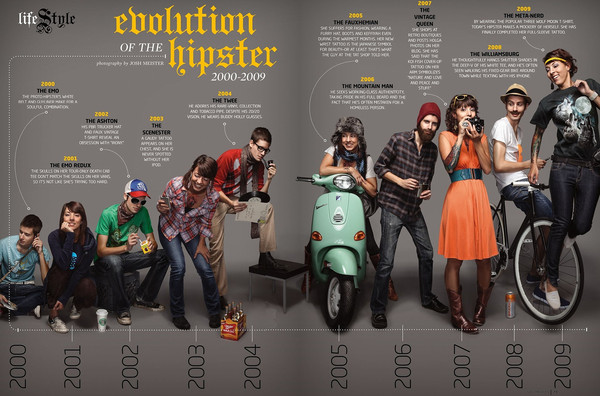














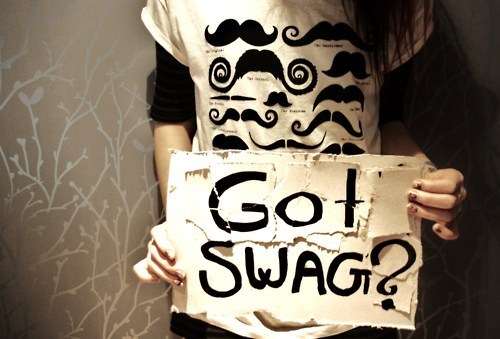
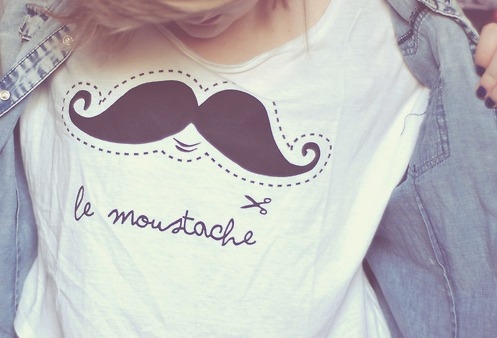







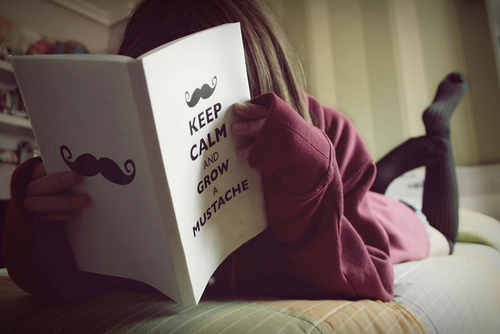








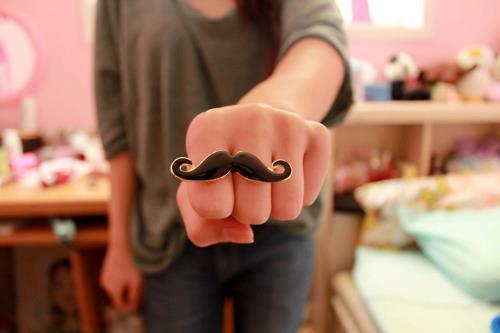
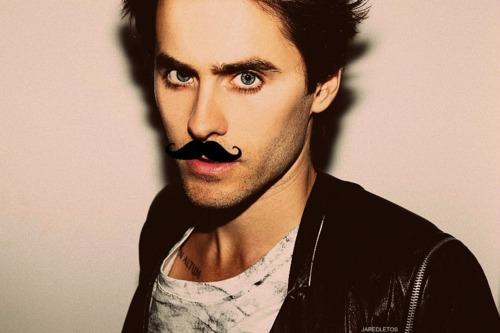




No comments:
Post a Comment